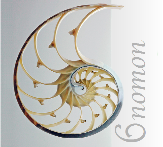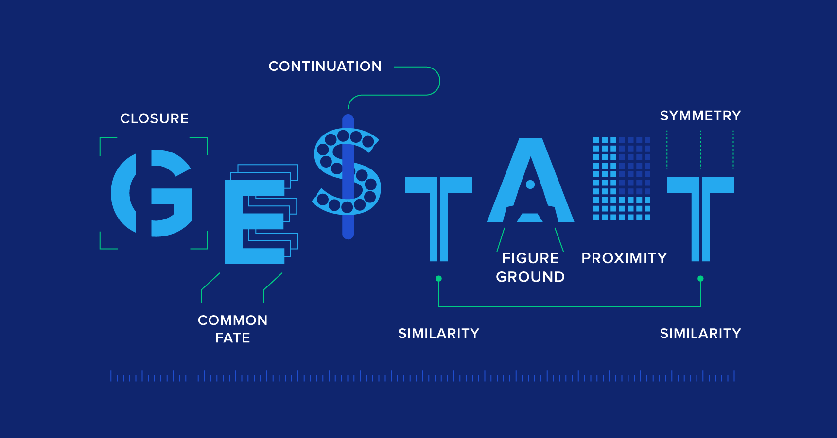



 NEXT
NEXT
 BACK
BACK
 Forum
Forum


Philosophical musings on Quanta & Qualia; Materialism & Spiritualism; Science & Religion; Pragmatism & Idealism, etc.




A philosophical worldview or belief system grounded on the 20th century discovery that Information, rather than Matter, is the fundamental substance of everything in the universe. It is intended to be the 21st century successor to the ancient worldviews of Materialism and Idealism. An Update from Bronze Age to Information Age. It's also a Theory – of – Everything that covers, not just matter & energy, but also Life & Mind & Love.
16. Function :
The ability of a mechanical or mental system to process or compute raw inputs into finished outputs. Thus, Mind is the function or product of Brain operations. It’s what the neural system does.
17. Epiphenomenalism :
a secondary effect or byproduct that arises from but does not causally influence a process.
___Oxford dictionary
18. Noumena :
the object of a purely intellectual intuition.
___Oxford dictionary
Ideas are literally unreal, but they are important to beings who live by their intellect.
19. Intelligent Agent :
“ . . . . an intelligent agent (IA) is an agent acting in an intelligent manner; It perceives its environment, takes actions autonomously in order to achieve goals, and may improve its performance with learning or acquiring knowledge.”
https://en.wikipedia.org/wiki/Intelligent_agent
Post 131. August 28, 2023
Creative Mind and Cosmic Order
Functionalism vs Reductionism
From the comprehensive & systematic perspective of philo-
Although our perception absorbs information in Gestalt gulps, our brains quickly masticate those chunks into more easily digestible bits, known as Categories or Classes. Hence, Pinter says “the purposeful activity of all animals . . . . rests on the ability to understand the world analytically.” So, Perception is holistic, but Conception is analytic. Eventually, some of those bytes of meaning are incorporated into the mind as beliefs, which we utilize for facts in our reasoning processes. Such innovative reasoning is the key to evolutionary success for homo sapiens. Yet Pinter notes that “creative activity is based on a subtle balance of Gestalt and analytic”. That’s why some particular facts are recombined into more general forms to serve as complex concepts (maps) guiding our forays into the world. Surprisingly, he also concludes “what sculpts the way we perceive things . . . are the forces with which nature opposes us. It is our mind that creates features and attributes to objects. The external world does not need to possess features, only restraints²⁰”. Of course, he’s not talking about “creation” in the sense of Genesis, but of imagination & innovation.
Pinter soberly notes that “the mental activity of constructing meanings is a sophisticated process that the science of language has largely ignored”. But in the emerging science of Semiology²¹, those mental gestalts are treated as symbols or tokens of real things or processes. He says that “the presence of tokens in the brain as stand-
Blog Pos t 131
t 131 continued . . . . click Next
continued . . . . click Next



20. Restraints are Laws :
The laws of nature are restraints on change – on causation – that limit what can happen naturally. But the human mind defines those things & events – in terms of features & structure – in order to make sense of being & change, so we can artificially control natural things & forces.
This quote underlines the subtitle of the book, which notes the power of Mind to create a science of what is, and a technology of what might be.
21. Semiology :
The science of fragmenting complex physical reality into gestalt chunks of symbolic & metaphorical meaning that are simpler & easier for thinking beings to control meta-
Gestalt processing is a function of the brain that converts raw data into the meaningful chunks we call ideas and categories
Click here for enlargement




Mind & the
Cosmic Order
How the Mind Creates the Features & Structure of
All Things
Charles Pinter
Mathematician & Philosopher
Due to biological imperatives, we are made to imagine that objects “really are exactly as we experience seeing them.



mammals underfoot
in food chain